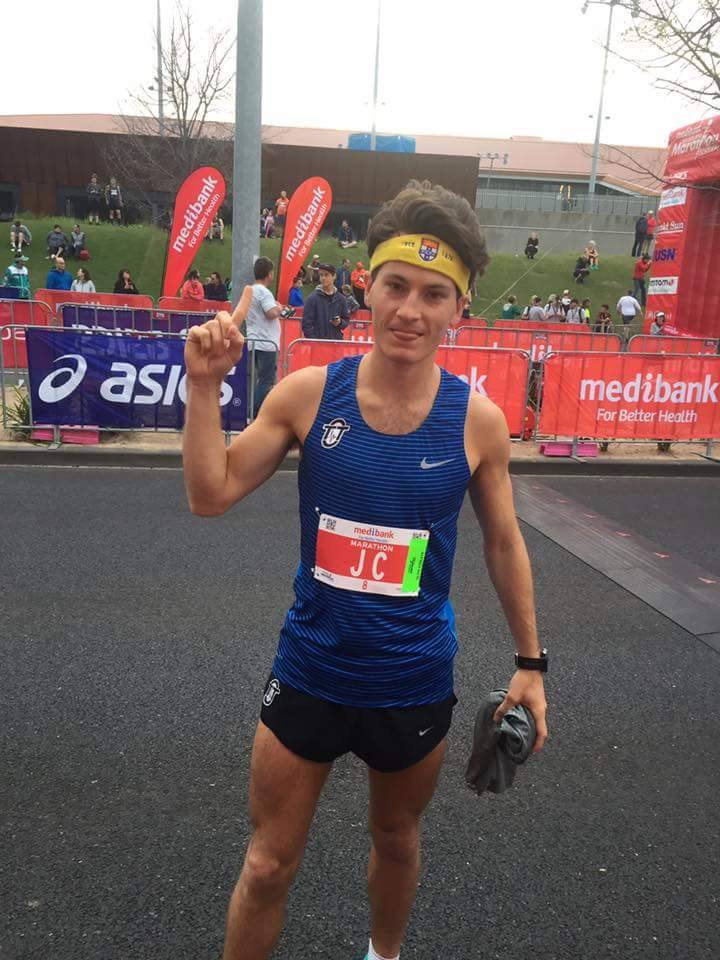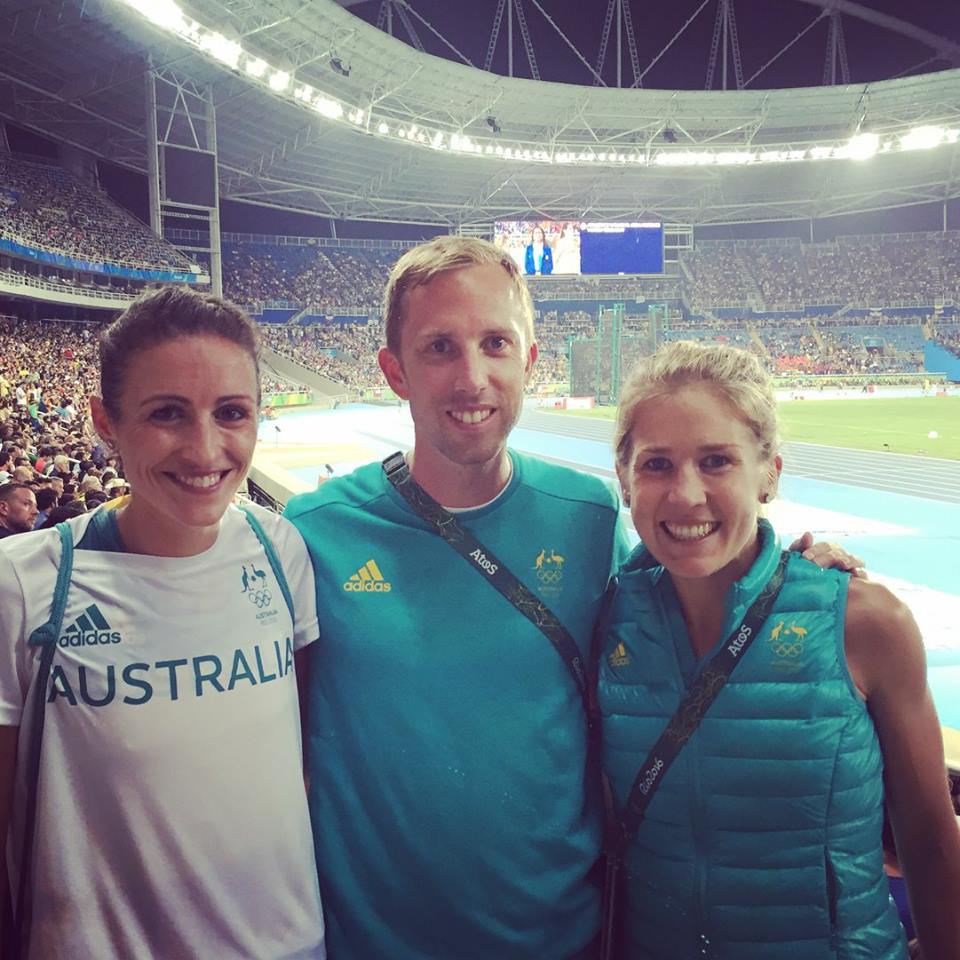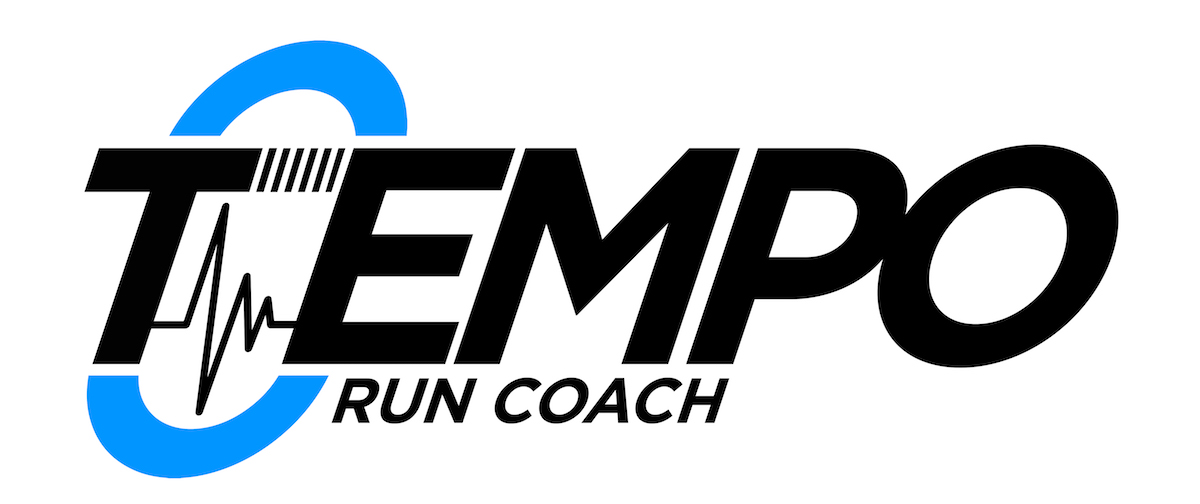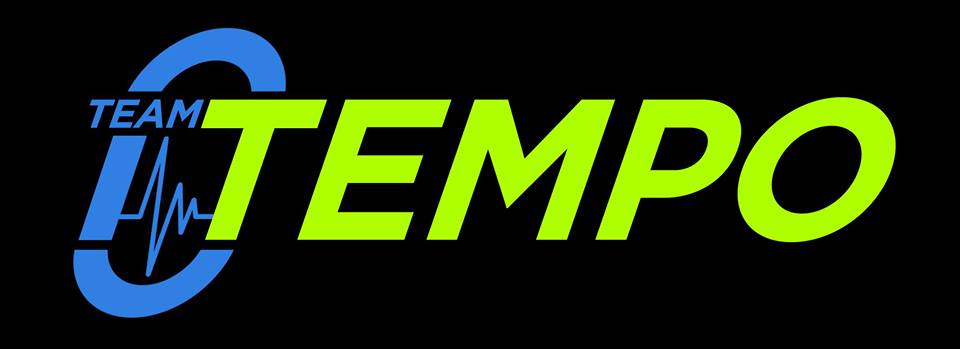Training and Coaching via Correspondence – Article by Jack Colreavy and Adam Didyk
RUNNER’S TRIBE
TvC – Training via Correspondence

Part 1: By Jack Colreavy
Who is your coach? Who do you train with?
These are two of the most frequent questions that I get asked by other runners. My response being that Adelaide-based Adam Didyk is my coach and I train by myself via correspondence. People are surprised by this fact and can’t comprehend how I marathon train by myself. However, in the information age that we live in training via correspondence (TvC) has never been easier.
TvC isn’t something new; it’s a coaching method that has been practiced for decades helping athletes access the right mentor to guide them. However, the rapid evolution of technology has made it easier and more effective than ever before to execute this unorthodox style of coaching. Email, Facebook, GPS Watches, and Strava are all examples of the tools we have at our disposal to make a TvC successful between athlete and coach.
Having said that, just because it’s easier doesn’t mean it’s the best option. TvC isn’t for everyone, and I stress that from an athlete and coach perspective. It’s up to the individual to assess their own unique circumstances to determine whether TvC is truly the best form of coaching for them. Below I will outline my personal experiences with TvC and hopefully offer some valuable insight into how it works between Adam and myself, and what the benefits and challenges are.
Adam and I started working together in late-2014 after a lacklustre track season and an ambition to seriously tackle a marathon before the perils of life commitments got too much to handle. I was training with the late (and great) Johnny Atterton at the time, with a fantastic squad of athletes dubbed “The A Team”. Unfortunately, it was mutually decided that Johnny wasn’t the coach to guide me in this endeavour and so I started to seek new mentors. I researched all my Sydney-based options but none of them seemed like the right fit. It was at this point that a friend suggested Adam Didyk; I had never heard of him but I quickly discovered that he was based in Adelaide and had recently coached Jess Trengove to a bronze medal at the Commonwealth Games in Glasgow. Furthermore, he was currently coaching Olympian Madeline Hills (nee Heiner) via correspondence. A few emails and phone calls later and I officially became the first Sydney-based athlete of Team Tempo.
Advantages
- Flexibility – this is by far the biggest and best benefit of TvC. Training by myself gives me to the flexibility to train whenever and wherever I choose. Given the nature of my job, I have a preference to train in the morning and I have the freedom to do so. Continually, if I’m a little tired or the weather doesn’t permit, I can postpone a session without any hassles. Freedom also extends to my location; I have moved several times while under Adam’s guidance, including a brief stint in the USA, but these changes in geography haven’t affected my relationship with Adam.
- Choice – TvC widens the talent pool and affords an athlete the opportunity to engage the services of a coach in another state or even another country. As mentioned above, I couldn’t find the right fit with Sydney-based coaches but was lucky to find a good match with Adam.
- Decreased pressure to perform – as a member of “The A Team” I had a strong squad of runners all eager to train hard and push each other during every workout. However, the lure of friendly competition is a doubled edged sword; while it motivates an athlete to work hard, sometimes an athlete needs to pull back or risk injury. When you train by yourself there is less pressure to perform in every workout which makes it easier to pull back when necessary.
Disadvantages
- Less support – having a local squad and coach gives you access to a great bunch of like-minded people whom understand the struggles of being an elite track athlete. You rely on these people for support during the dark times and form close friendships. TvC doesn’t mean you lose all support but it does affect the quality of support.
- Quality of workouts – I am the first to admit that in training I am never pushed to my limits as much as when I am training with others. Athletes are a fiercely competitive bunch both on and off the track. Training alone is a hard adjustment to make and, broadly speaking, the quality never fully returns.
- Communication – good communication is vital in any relationship. Having access to a coach you see multiple times per week naturally fosters strong communication. Regrettably, distance hinders communication which can have serious repercussions on training.
Having listed the above discussion, the decision on whether TvC is the best option for an athlete ultimately comes done to the individual. While Adam and I enjoy a successful working relationship, it certainly isn’t the case for everyone. In fact, I believe that TvC is a coaching option that would work for a minority of athletes rather than the majority. However, if you do choose to proceed down the path of TvC, then my advice to you is to be patient, be flexible, set yourself goals, and communicate with your coach regularly.
JC Instagram: @colreavy
CvC – Coaching via Correspondence

Part 2: By Adam Didyk – Runner’s Tribe
Coaching via correspondence has a number of elements which can seem to make things more challenging than your typical Coach / Athlete relationship, but if managed respectfully and certain considerations are made by both parties, a coach and athlete working via correspondence can achieve much success.
Ultimately the major consideration is feedback. As a coach I always need to be able to sit down and write the upcoming program with adequate feedback from the athlete to plan effectively for their next phase. I realised fairly early on in my coaching, that a great deal of my time was spent in front of a laptop screen, so when coaching via correspondence I always aimed to sit down, feeling that I was fully aware of how the athlete was responding. I started putting systems in place with the athletes I worked with locally at a point when I was no longer able to run with them. The general conversation that use to take place on runs usually informed me of many things, but given that the group grew, and my ability to run declined, I had to get smart with how I would collect the relevant feedback from each athlete. Ultimately this set me up to work with athletes travelling overseas, and on a more regular basis athletes based interstate.
Over the past 5 years I have worked with a number of athletes via correspondence, most notably Madeline Hills, Jack Colreavy, Jess Trengove during her time living in Melbourne, Alice Springs legend Emma Kraft, and good mate Tyson Popplestone. Working with these athletes has helped me to develop and apply processes to work with athletes no matter the location.
All in all, it simply comes down to how you collect the information required to get a good understanding of the athletes response to training, levels of fatigue, and load management. I have worked through online training diaries such as Final Surge, which enables quick upload of GPS data, and an opportunity for the coach to review and comment on each athletes training session. While this system works well, for many it became difficult to post full feedback to paint an appropriate picture of how their training was affecting them. I therefore needed to come up with an easier way to collect Load Data and training responses from my TvC athletes. These day’s I have a rather simple template which we have set up as a daily survey on an athletes phone, which provides me with all the data needed to manage athlete load effectively, and gather information on injury progress, athlete satisfaction and recovery. I have a wild amount of graphs that now support the process of planning and programming, and help me to get the athlete to peak at their key event.
Regardless of all the monitoring which you can put in place, nothing replaces face to face contact, or in a TvC scenario phone/skype conversation. At the end of the day the Coach Athlete relationship needs to be respected by both parties, and a willingness to communicate effectively and frequently is crucial to getting the best result for the athlete While I’d always prefer for an athlete to be based locally, I’ve become more than comfortable with the standard of coaching I can provide via correspondence.
Secondary to my own interactions are the technical considerations. Observing running technique etc, can all be done simply through the use of digital technology, but applying feedback in the moment is obviously difficult. Encouraging the athlete to create an effective support team around them allows for these areas to be covered. This includes medical practitioners, strength and conditioning / technical coaches being comfortable with communicating with you as the coach, and the coach being organised enough to provide those within the team all the necessary information to be able to support the athlete.
In this current generation of coaches, we are more armed than ever before to be able to work with athletes via correspondence, how you manage those resources and communicate and maintain an effective relationship with the athlete is what will make it work.
End
Coaches and athlete’s please email Adam at temporuncoach@adam.com.au for any further inquiries.


Comments are closed.